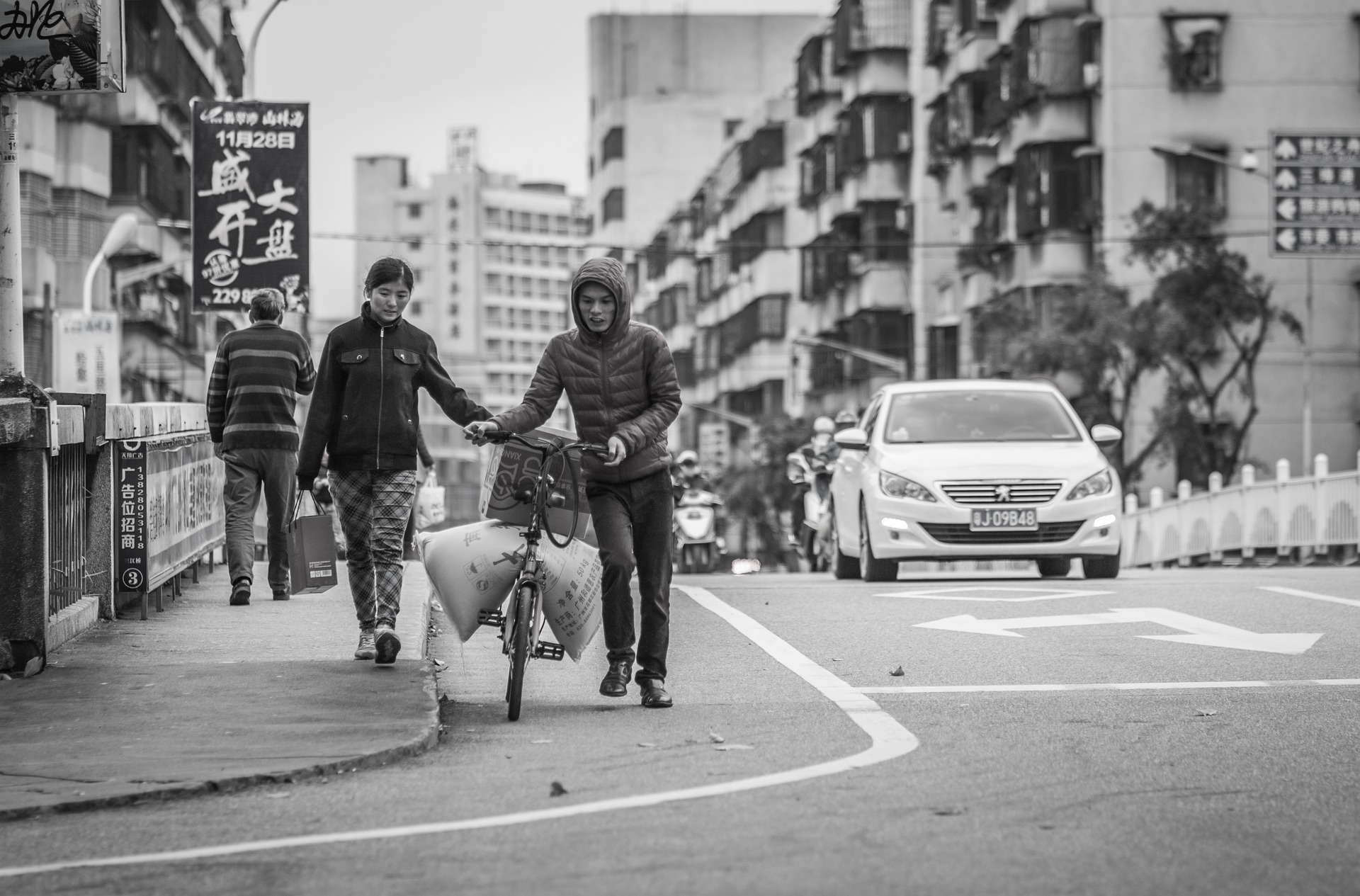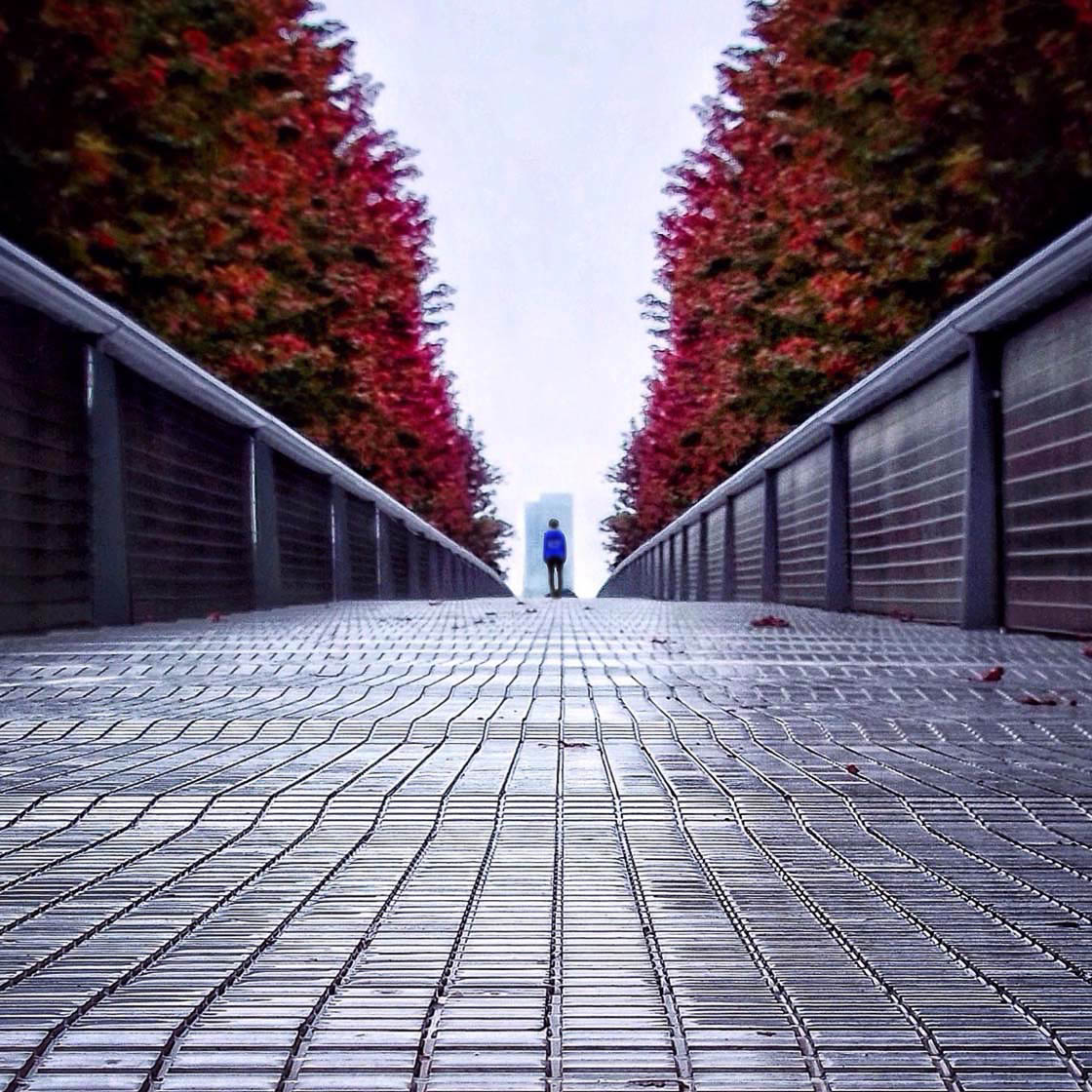Fascination About Street Photographers
Fascination About Street Photographers
Blog Article
Street Photographers Things To Know Before You Get This
Table of ContentsStreet Photographers Fundamentals ExplainedThe 9-Minute Rule for Street PhotographersThe Single Strategy To Use For Street PhotographersNot known Facts About Street PhotographersThe Facts About Street Photographers Uncovered
A genre of photography that documents everyday life in a public location. The very publicness of the setting makes it possible for the professional photographer to take honest pictures of complete strangers, usually without their knowledge. Street photographers do not necessarily have a social function in mind, however they like to separate and catch moments which may otherwise go undetected (Street Photographers).Though he was influenced by several of those who affected the road digital photographers of the 1950s and '60s, he was not mainly curious about capturing the spirit of the street. The impulse to visually record people in public began with 19th-century painters such as Edgar Degas, douard Manet, and Henri de Toulouse-Lautrec, that worked side by side with professional photographers attempting to capture the essence of urban life.
Due to the comparatively primitive innovation offered to him and the lengthy exposure time required, he battled to capture the stress of the Paris streets. He experimented with a collection of photographic techniques, trying to discover one that would certainly allow him to capture motion without a blur, and he discovered some success with the calotype, patented in 1841 by William Henry Fox Talbot. As opposed to Atget, professional photographer Charles Marville was employed by the city of Paris to create an encyclopaedic paper of Haussmann's urban preparation task as it unravelled, hence old and brand-new Paris. While the photographers' subject was essentially the same, the outcomes were considerably various, demonstrating the impact of the digital photographer's bent on the personality of the pictures he created.
Offered the great quality of his photos and the breadth of product, designers and artists often acquired Atget's prints to make use of as reference for their very own job, though business interests were barely his main inspiration. Rather, he was driven to photo every last residue of the Paris he liked.
Facts About Street Photographers Uncovered
They disclose the city with his eyes. His work and basic understanding of photography as an art kind worked as ideas to generations of digital photographers that complied with. The next generation of street professional photographers, though they likely did not refer to themselves therefore, was ushered in by the photojournalism of Hungarian-born photographer Andr Kertsz.
Unlike his peers, Brassa made use of a larger-format Voigtlnder camera with a much longer direct exposure time, forcing him to her latest blog be more computed and thoughtful in his method than he might have been if using a Leica.
Cartier-Bresson was a champ of the Leica electronic camera and among the initial photographers to maximize its capabilities. The Leica allowed the digital photographer to connect with the environments and to capture minutes as they occurred. Its fairly tiny size likewise helped the photographer fade into the background, which was Cartier-Bresson's preferred strategy.
Our Street Photographers Ideas
It is due to this essential understanding of the art of picture taking that he is usually credited with discovering the tool throughout once again about a century given that its invention. He took photographs for more than a half century and affected generations of digital photographers to trust their eye and instinct in the minute.
These are the questions I will attempt to address: And after that I'll leave you with my own interpretation of road digital photography. Yes, we do. Let's kick off with defining what an interpretation is: According to (Street Photographers) it is: "The act of defining, or of making something certain, unique, or news clear"
No, absolutely not. The term is both restricting and deceiving. Seems like a street photography ought to be photos of a streets right?! And all road digital photographers, besides a tiny number of outright novices, will totally appreciate that a street is not the essential component to street photography, and actually if it's a photo of a street with perhaps a couple of boring individuals not doing anything of rate of interest, that's not street photography that's a photo of a road.
Facts About Street Photographers Revealed
He makes a valid factor do not you think? While I agree with him I'm not certain "candid public photography" will capture on (although I do kind of like the term "honest digital photography") due see this page to the fact that "street photography" has been around for a long time, with several masters' names connected to it, so I believe the term is here to remain (Street Photographers).
Inside?! I hear you yell as you shake your clenched fist to the skies. Why not? You can contend the coastline, at a celebration, in a street, in a park, in a piazza, in a coffee shop, at a gallery or art gallery, in a metro station, at an occasion, on a bridge, under a bridge ...

Some Known Details About Street Photographers

Report this page